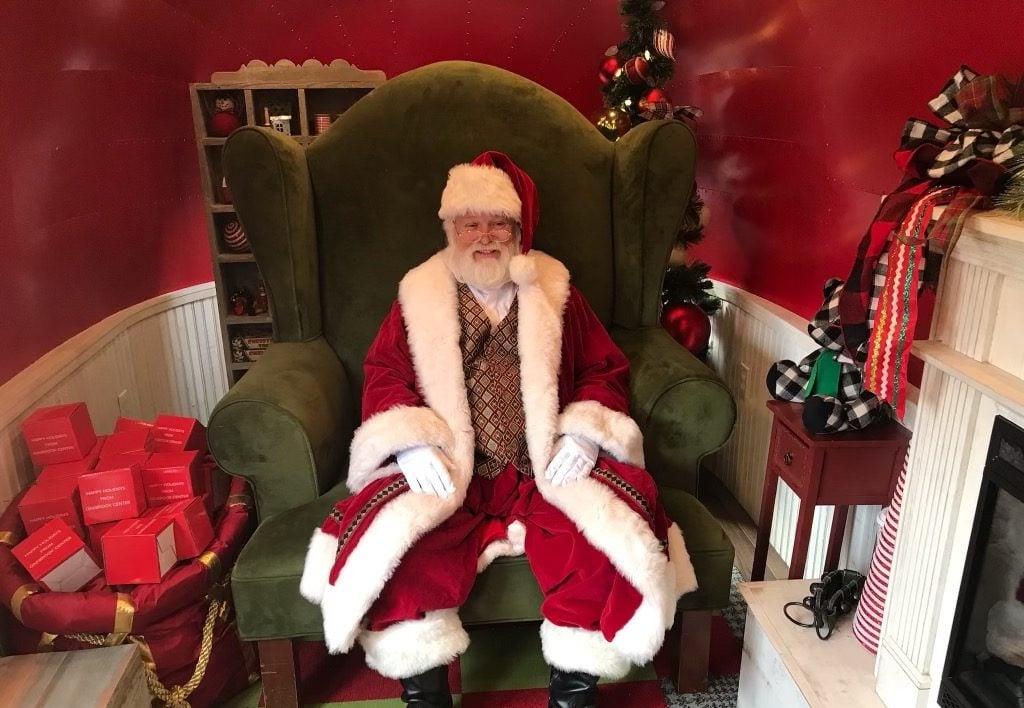Before Zaya Ganbaatar opened Àme Color Studio, Evanston’s first color analysis consultation site, she had already worked extensively in the beauty industry as a makeup artist for Dior.
Personal color analysis is a process that determines which colors make someone look their best, focusing on using makeup, clothing and jewelry to brighten someone’s look, Ganbaatar said.
After her two best friends had their colors analyzed in Los Angeles, Ganbaatar saw a visible difference in their complexion and confidence.
“When I (looked) at them, as a makeup artist, as a beauty consultant, the change was very fascinating,” Ganbaatar said. “I was telling them, ‘I think I could do that.'”
At Àme Color Studio, located at 821 Noyes St., the process takes approximately 90 minutes and begins with a presentation on what personal color is. Ganbaatar then cycles through fabrics of various colors to determine the most complimentary clothing for her clients.
For example, light blue, purple and pink pastels look good on cool summer undertones.
“You can enhance your beauty with the right shade of color,” Ganbaatar said. “The makeup color, hair color, jewelry color, fashion color — if you get the right tone to it, it just enhances your beauty. You look more youthful, vibrant — it’s more flattering on you.”
Bienen and Weinberg sophomore Audrey Zhou, who creates social media content centering around her lifestyle at NU, said she was invited to the studio to review the service on her Instagram account.
Color analysis isn’t only for people who are interested in makeup and fashion, Zhou said. It can also help with elevating someone’s personal style and improving complexion.
“If you feel like sometimes you look like a zombie, you can figure out ways to improve that by just choosing better colors for your skin tone,” Zhou said. “There are colors that compliment everyone.”
Ganbaatar said she received her training in South Korea, where color analysis has taken off on social media in the past few years.
The Korean color system, which Ganbaatar said she uses to identify each client’s personal color, breaks down colors into tones like warm and cool and seasons like spring, summer, autumn and winter. The Japanese color system also groups colors into four seasons, with a newer, extended version including 12 combination seasonal colors.
SESP sophomore Ejean Kuo said she visited a color analysis studio in Korea this summer but would consider getting it redone in the U.S. because beauty preferences differ between the two countries.
“I think color analysis in America and Korea is very, very different,” Kuo said. “In Korea, the lady put this really bright, neon pink lipstick on me and was like ‘Wow, this is so your color,’ and I fundamentally disagreed because the makeup there is so different from the makeup here.”
Someday, Ganbaatar said she hopes to turn the studio into a color consultation academy complete with makeup artists, photographers and a clothing section where she can help clients shop for the color palette she helped determine. The best part of the entire process, Ganbaatar said, is seeing her customers inspired to wear their best colors.
“When my clients leave, they always get excited,” Ganbaatar said. “They’re so happy. That’s all I wanted — I’m like (a) therapist in a color way.”
Email: [email protected]
Twitter: @cassiesunL
Related Stories:
— Enjoy festive fall flavors at these Evanston coffee shops






